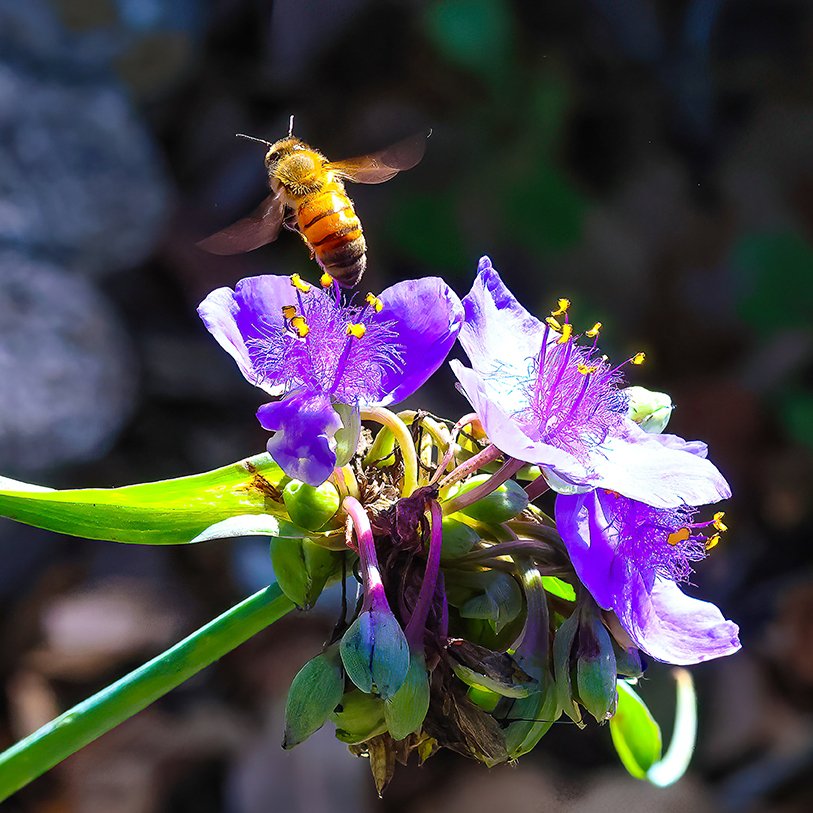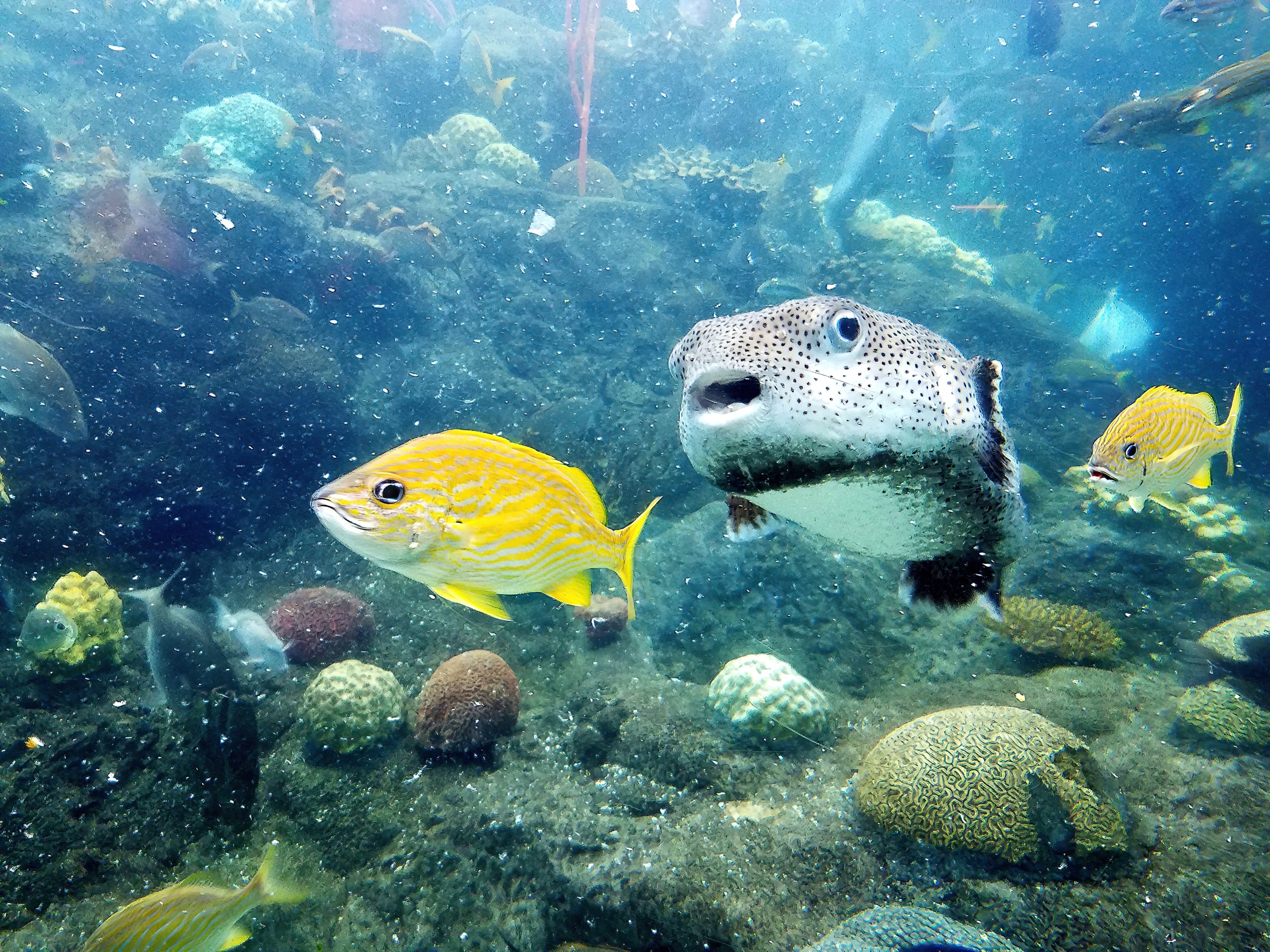 Image 1 of 1
Image 1 of 1


Bee At Work #1
A honey bee, with its fuzzy golden body and delicate translucent wings. As it lands on a vibrant flower, it uses its nimble legs to gather pollen, brushing it into specialized pollen baskets on its hind legs called corbiculae. The bee's body, charged with static electricity, causes the fine pollen grains to cling to its hairs, aiding both collection and pollination. While sipping nectar with its proboscis—a long, straw-like tongue—it simultaneously facilitates the plant's reproductive cycle, transferring pollen from one bloom to another. This small yet tireless insect plays a crucial role in ecosystems and agriculture, ensuring the growth of fruits, vegetables, and seeds. The gentle hum of its wings and the purposeful rhythm of its movements paint a picture of nature's perfect balance between beauty and function.
A honey bee, with its fuzzy golden body and delicate translucent wings. As it lands on a vibrant flower, it uses its nimble legs to gather pollen, brushing it into specialized pollen baskets on its hind legs called corbiculae. The bee's body, charged with static electricity, causes the fine pollen grains to cling to its hairs, aiding both collection and pollination. While sipping nectar with its proboscis—a long, straw-like tongue—it simultaneously facilitates the plant's reproductive cycle, transferring pollen from one bloom to another. This small yet tireless insect plays a crucial role in ecosystems and agriculture, ensuring the growth of fruits, vegetables, and seeds. The gentle hum of its wings and the purposeful rhythm of its movements paint a picture of nature's perfect balance between beauty and function.






